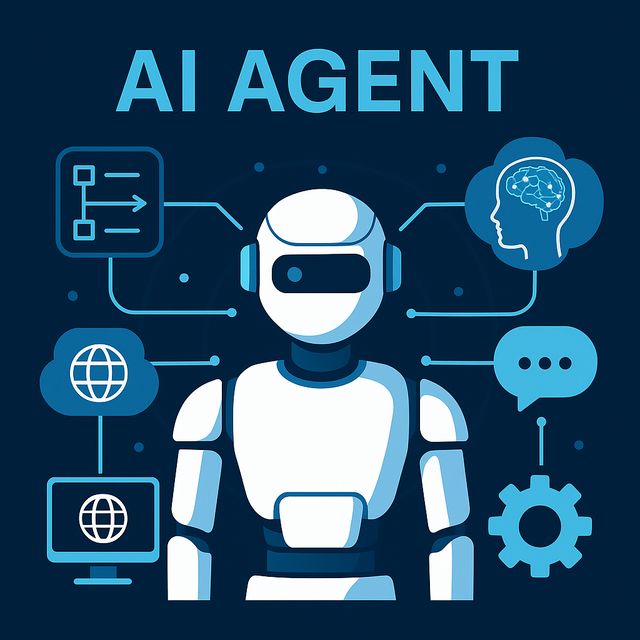What’s more expensive—hiring the wrong person or losing the right one?”
If you’ve ever been part of a rushed hiring decision, you already know the answer. The cost isn’t just financial; it’s the lost time, disrupted team dynamics, and the ripple effect on morale. Retention doesn’t start after onboarding—it begins the moment a candidate enters your recruitment pipeline.
In the fast-moving worlds of cybersecurity, tech, and security roles, where talent is scarce and turnover can cripple projects, hiring for long-term fit is more than a strategy—it’s survival. This article explores how recruiters and hiring managers can shift their mindset from filling roles quickly to building lasting teams that thrive.
The Psychology of Retention: Why People Stay (or Leave)
People don’t leave jobs—they leave mismatched expectations. The disconnect often starts during the recruitment phase when companies focus on immediate needs without considering long-term alignment. The result? A revolving door of talent.
The psychological factors that influence retention include:
- Purpose and Growth: Employees want to feel their work matters and that they have opportunities to develop.
- Cultural Alignment: Feeling like they belong within the team and the company’s values is critical for long-term satisfaction.
- Clear Expectations: Ambiguity about roles, responsibilities, or future prospects leads to disengagement.
- Trust and Autonomy: People stay where they feel trusted to do their job without micromanagement.
When these factors are missing, even high salaries or perks won’t stop employees from leaving.
The Recruitment Mistakes That Lead to High Turnover
Hiring for Skills, Not Fit
Technical proficiency is important, but if a candidate’s work style or values clash with the team’s culture, performance will suffer over time.
Overpromising and Underdelivering
Selling the “dream job” during interviews, only for candidates to discover a different reality, breeds resentment and early exits.
Rushed Decisions Under Pressure
When there’s an urgent need to fill a role, companies often skip critical steps, overlooking potential red flags related to long-term fit.
Neglecting Career Path Conversations
Focusing solely on the current role without discussing growth opportunities signals to candidates that the job might be a dead end.
One-Size-Fits-All Hiring Processes
Applying the same recruitment process for every role ignores the unique needs of different positions, increasing the risk of poor matches.
How to Hire for Long-Term Fit: Strategies for Recruiters
Redefine the Job Description
Instead of just listing tasks and qualifications:
- Highlight the purpose of the role and how it contributes to the company’s mission.
- Include insights into the company culture and what success looks like beyond technical skills.
- Address growth opportunities within the role to attract candidates looking for long-term development.
Prioritize Value Alignment
Cultural fit isn’t about hiring people who think the same—it’s about shared values.
- Use behavioral interview questions to assess alignment.
- Ask about past experiences that reflect resilience, adaptability, or collaboration, depending on your team’s core values.
For example: “Tell me about a time you faced a conflict at work. How did you handle it?” This reveals both problem-solving skills and emotional intelligence.
Evaluate Growth Potential, Not Just Current Skills
Skills can be taught. Mindset, motivation, and adaptability are harder to instill.
- Look for candidates who demonstrate a growth mindset—those eager to learn, embrace feedback, and take on challenges.
- Assess learning agility through situational questions: “Describe a time when you had to quickly learn a new tool or process. How did you approach it?”
Involve the Right People in the Hiring Process
Diverse perspectives lead to better hiring decisions.
- Include future team members in interviews to assess team dynamics.
- Ensure hiring managers and recruiters are aligned on what “long-term fit” truly means—not just technical checkboxes but also soft skills and values.
Be Transparent About Challenges
Candidates deserve to know both the good and the bad.
- If the role involves tight deadlines, complex projects, or rapid change, be upfront.
- Authenticity builds trust, and candidates who accept the offer do so with their eyes wide open.
How Candidates Can Assess Long-Term Fit During Recruitment
It’s not just the company’s responsibility—candidates should evaluate if the role aligns with their long-term goals.
Ask the Right Questions
- “What does success look like in this role six months from now? A year from now?”
- “How does the company support professional development?”
- “Can you describe the team culture and how decisions are made?”
Pay Attention to Red Flags
- Vague answers about growth opportunities
- High turnover rates in the department
- Inconsistent messaging between interviewers
Visualize Your Future
- Ask yourself: “Can I see myself thriving here, not just surviving?”
The Cost of Short-Term Hiring Decisions
Hiring for the “now” instead of the future is expensive. The average cost of replacing an employee can reach up to 30% of their annual salary, not to mention the productivity loss, training costs, and impact on team morale.
In cybersecurity and tech, where specialized skills are hard to find, the cost isn’t just financial—it’s strategic. A revolving door of talent slows innovation, disrupts project continuity, and weakens organizational resilience.
Secithub Key Recommendations for Long-Term Hiring Success
For Recruiters
- Shift from a transactional mindset to a partnership approach with hiring managers.
- Focus on value alignment and growth potential, not just technical proficiency.
- Create realistic job previews to set accurate expectations.
For Hiring Managers
- Invest time in defining what “long-term success” looks like for the role.
- Be honest about challenges and growth opportunities during interviews.
- Build relationships with candidates beyond the interview process to gauge cultural fit.
For Candidates
- Approach interviews as two-way conversations, not just evaluations.
- Reflect on your long-term goals and whether the role aligns with them.
- Don’t ignore gut feelings—if something feels off, dig deeper.
Retention isn’t an HR problem—it’s a recruitment strategy.
When companies hire with long-term fit in mind, they don’t just fill positions—they build teams that grow, innovate, and stay. It’s not about finding someone who can do the job today; it’s about finding someone who will thrive tomorrow.
Because in the end, the best hires aren’t just great employees—they’re future leaders.


